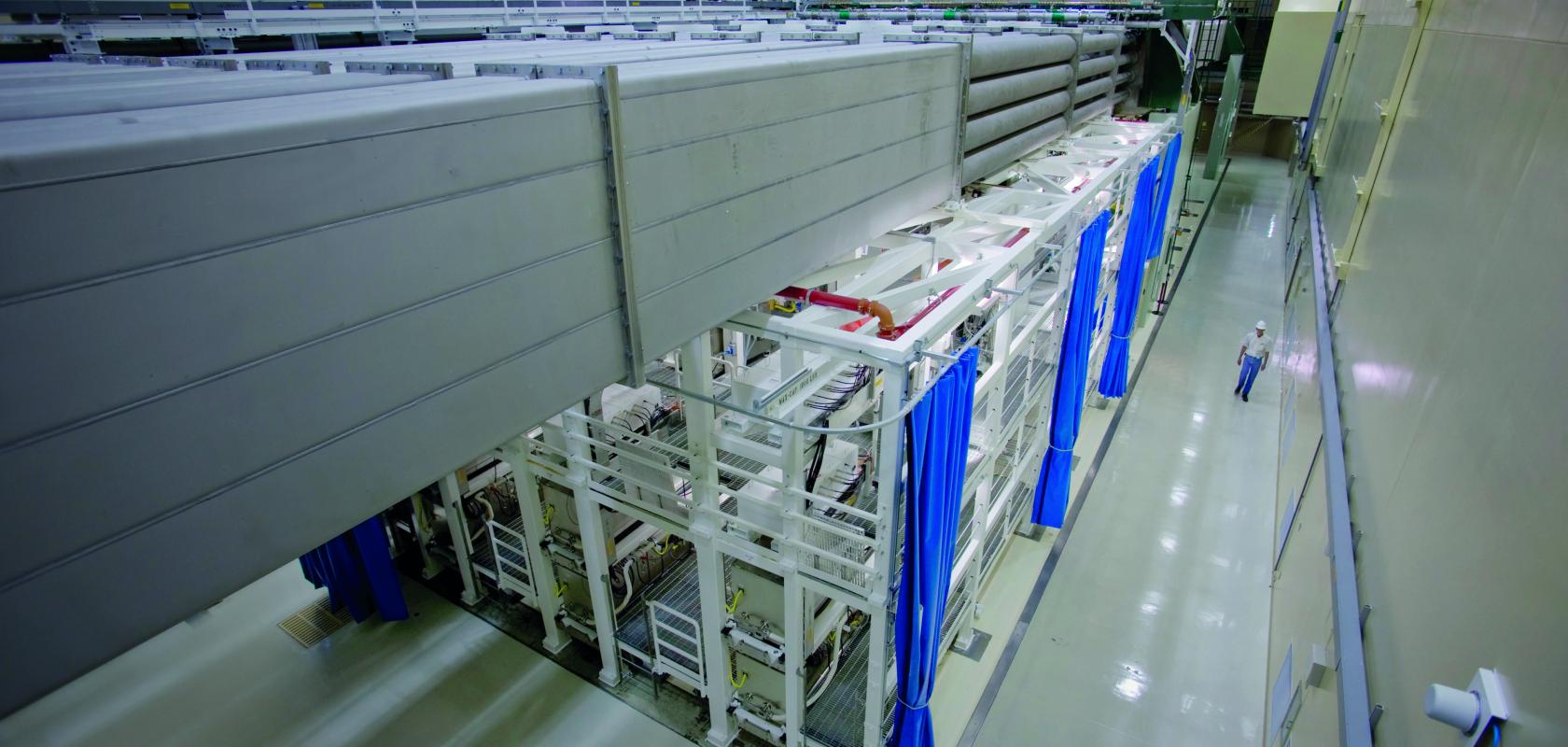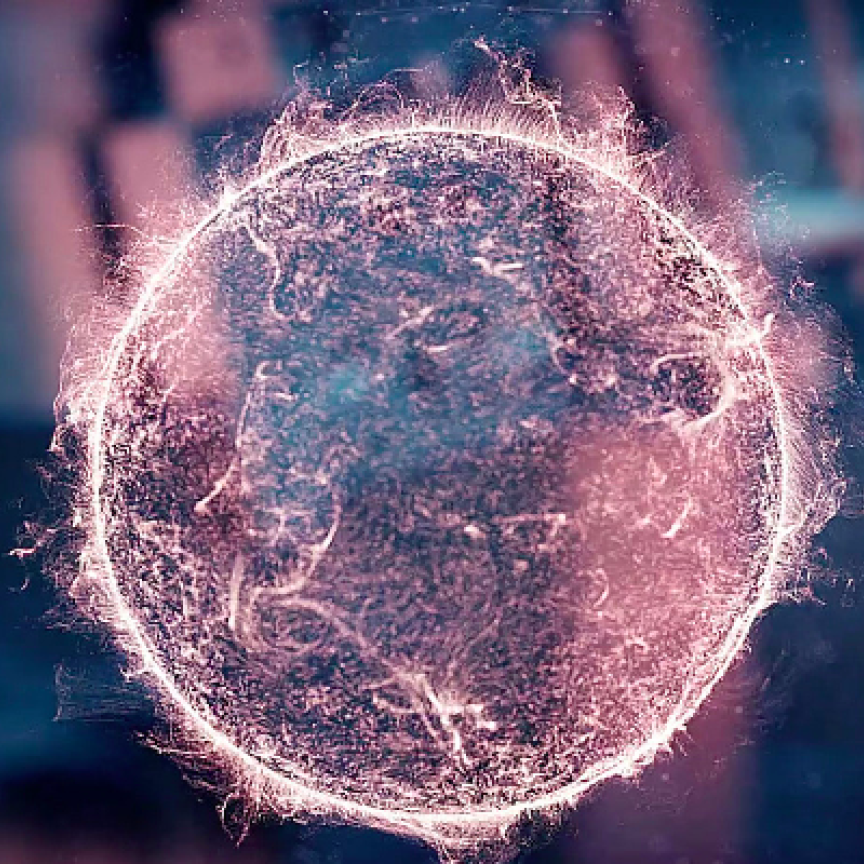In a defining moment for photonics, one of the most promising applications of laser technology - the realisation of laser-driven fusion – has achieved a historic breakthrough.
Announced by Lawrence Livermore National Laboratory (LLNL) on 13 December, scientists at the National Ignition Facility (NIF) were able to release a fusion energy of 3.15 megajoules (MJ) from a pellet filled with the hydrogen isotopes deuterium and tritium. This is equivalent to 154%of the expended energy equivalent to 2.05MJ of the laser pulse that triggered the explosion. This net energy gain represents the first breakthrough in fusion research.
In the new milestone at NIF, giant pulsed lasers deliver energy of more than two million Joules of UV light precisely into a ~1cm long gold-coated cylinder, which experts call a ‘Hohlraum’, where the interaction of the laser beams with the inner walls produces X-rays. These then spread evenly in the hohlraum as in a hot oven. A bead about two millimetres in size, containing a mixture of the hydrogen isotopes deuterium and tritium and suspended in the centre of the hohlraum, absorbs the propagating X-rays heating up rapidly.
The outer shell of the pellet is blown off, and the resulting implosion pressure compresses the hydrogen fuel reaching to a density hundreds of times of solid matter, forming a hot spot at its centre with a temperature or more than 120 million degrees celsius. In turn this triggers the fusion of hydrogen into helium.
In the current experiment, 2.05MJ of laser energy was used to compress and heat the target. Only ~ one per cent of the energy is delivered to the hot spot due to inefficiencies in the implosion process. The thermal runaway driven by the fusion reaction ignited the plasma and produced ~ 3.15MJ of energy with an instantaneous power of about 52,500,000,000,000,000 watts, the diameter of which is less thick than a hair. The key advance over previous results was made possible by data from previous experiments and a better understanding of fusion physics, which then led to improvements in the hohlraum design, the structure of the fuel pellet, and modifications to the laser and the laser pulse.




